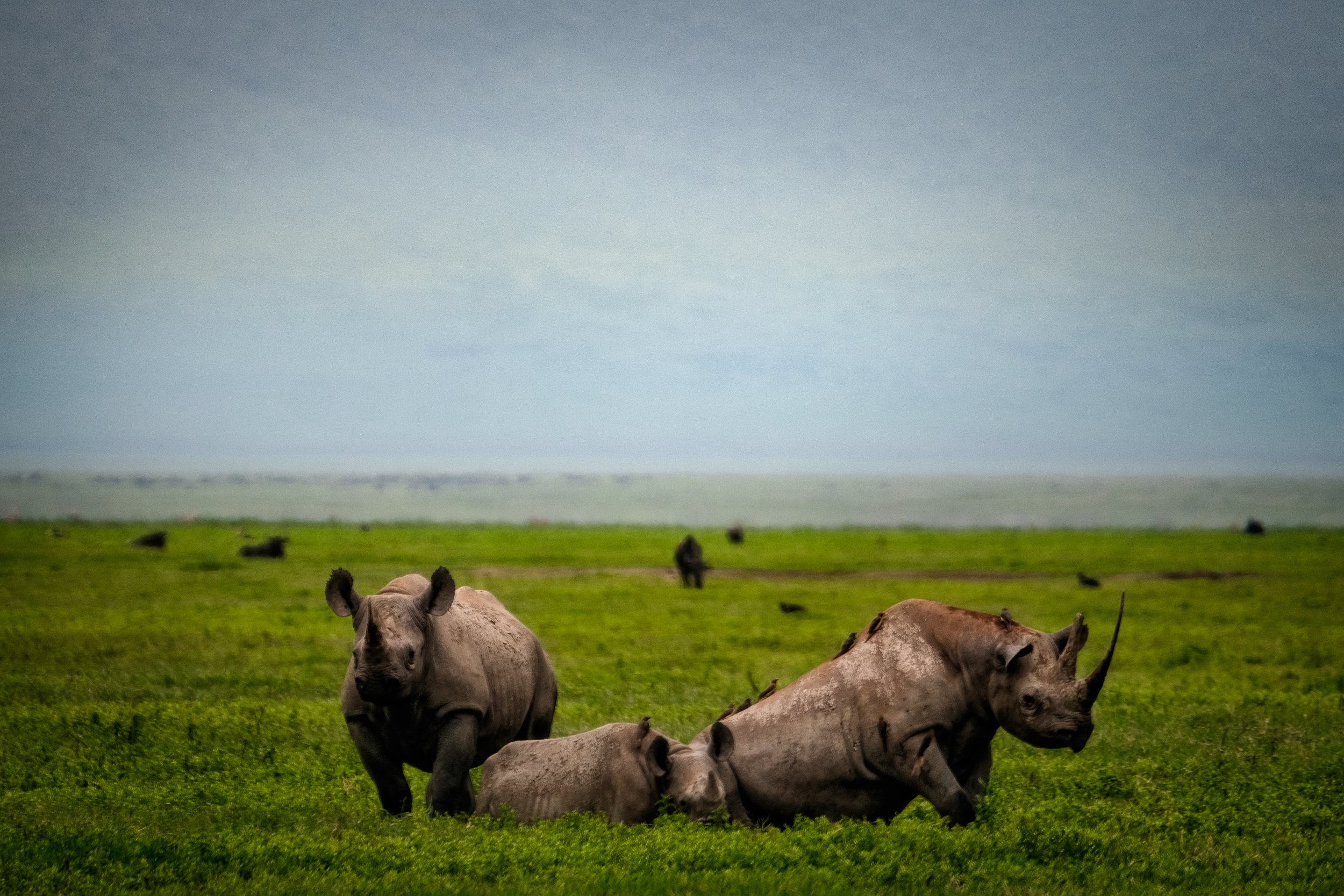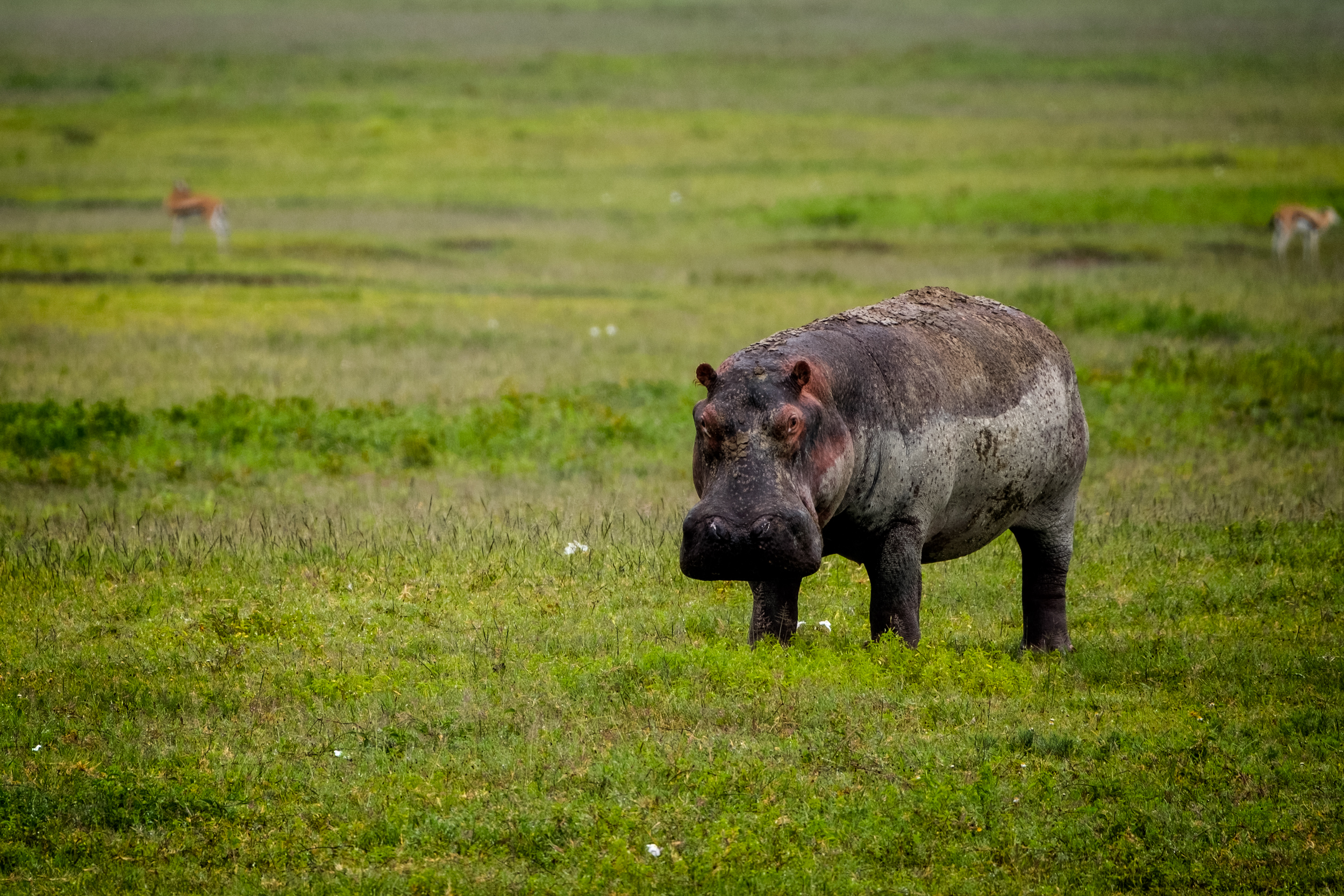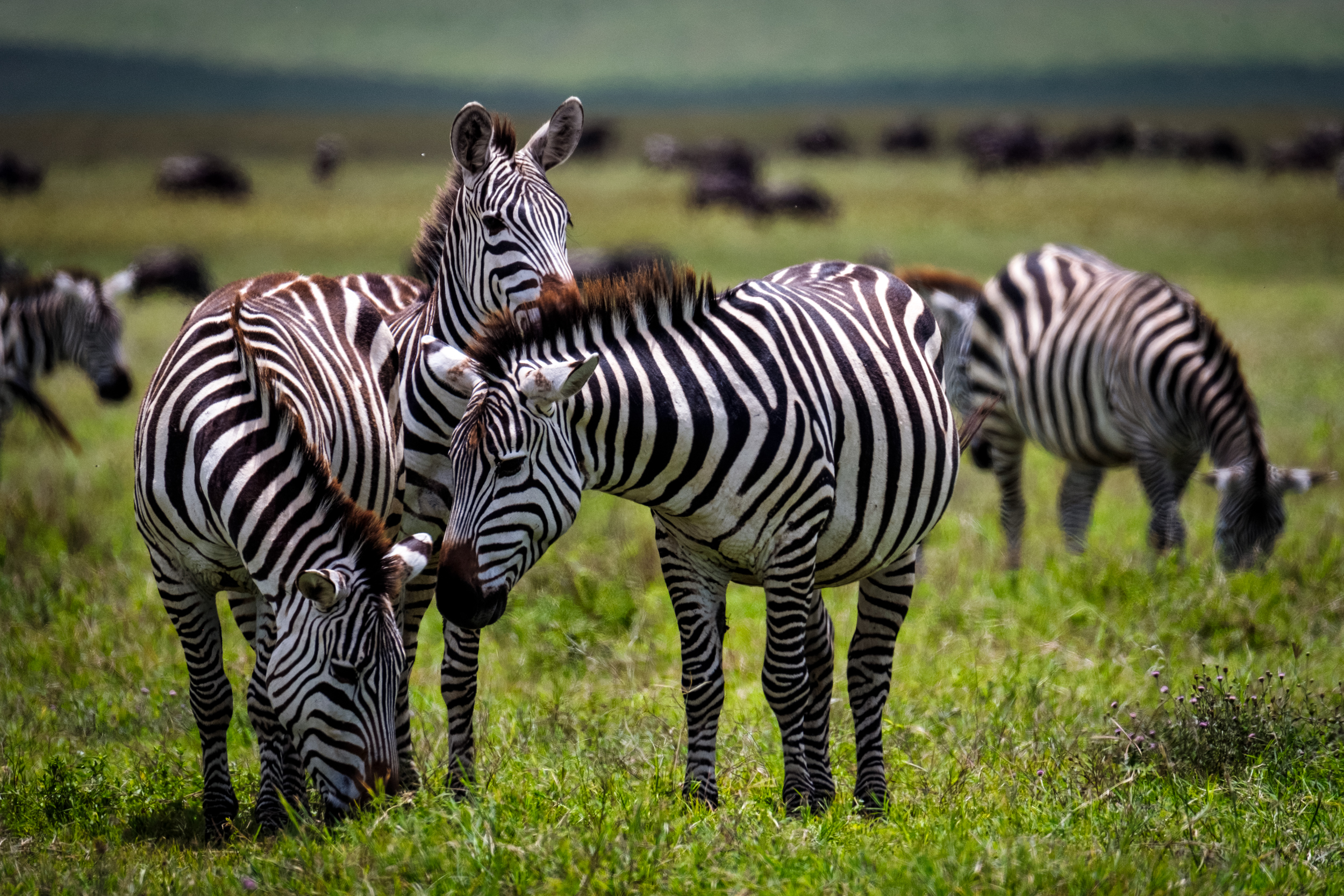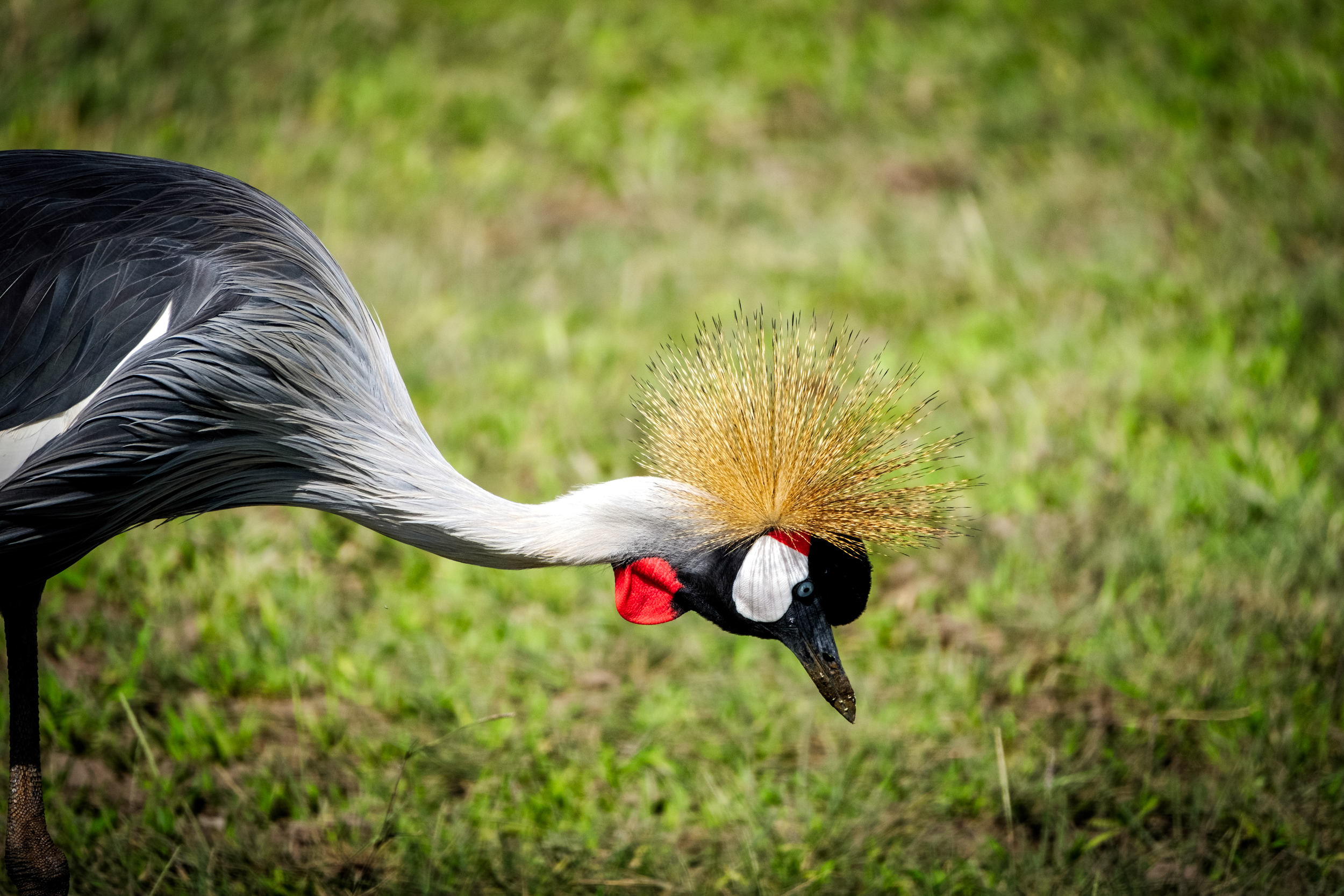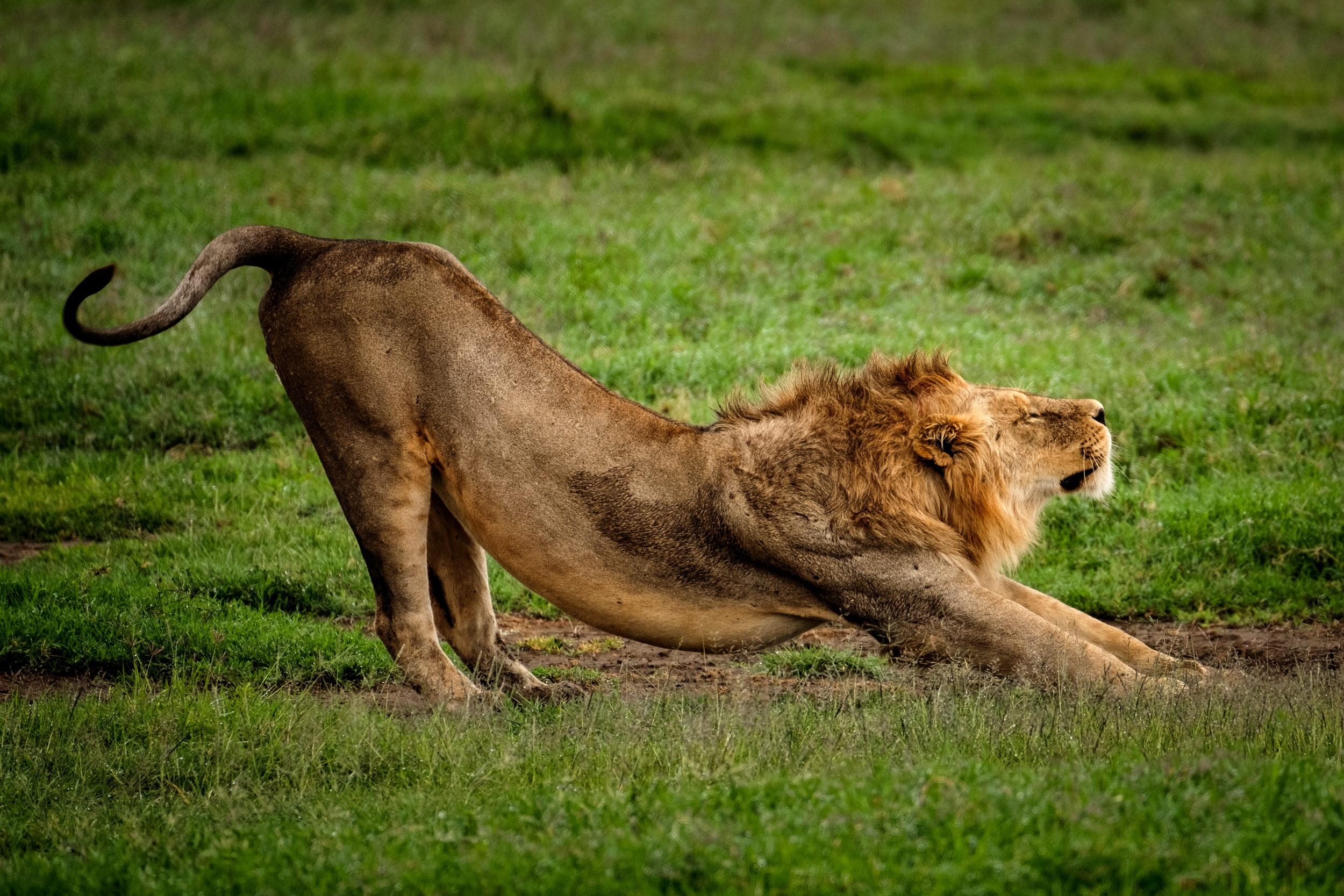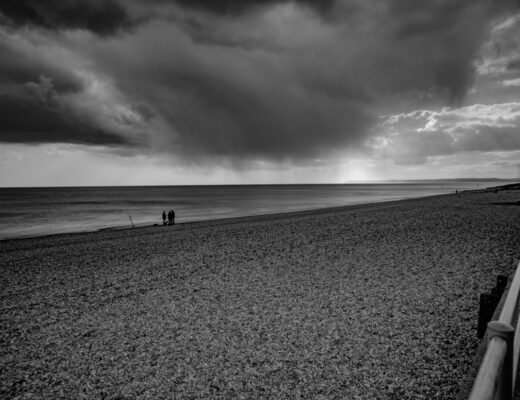In the beginning of the 2019 I had a privilege to visit Tanzania’s finest National Parks for some wildlife photography. I learned a lot about wildlife photography, which was, honestly, not my priority, as I consider myself mostly as a landscape and adventure photographer, but I always loved animals and if there is a chance, I would always be ready to go for a photo hunt.
The problem appeared as I didn’t have the right gear to do it. My lenses go as far as 200mm and with 1.4x converter I could reach up to 300mm and that is way too short to do some serious shooting of animals. So I rented Fujifilm Slovenia’s promo XF100-400mm lens. And got addicted. For the next two African trips, I already got mine.
Seriously, when you go wild, you go wildlife. And combining three trips to Tanzania in two months, I was able to capture some amazing images, for which I have to thank a bit of coincidences (if they exist), luck, weather, light and my friends from Shadows of Africa team, who were the best guides/drivers for the Safaris around. I managed to see the big five in one trip, also got an image of Cheetah and Rhino pretty close by, as well as Hippo was out of his pool.
In this post, my aim is to show you some images from the trip and to comment on the pros and cons of the Fujinon XF100-400mm lens.
Size
We have to admit, we went mirrorless to reduce the weight. With XF100-400mm, we are gaining it again. This thing is big and heavy. Not as heavy as some Nikon/Canon 400mm f/2.8, but those are not relevant to compare with a zoom lens. It weights almost 1,4 kg, and is of the size of a small machine gun. I normally use the photo backpack with the ICU and it hardly fits in the medium ICU. The filter size is huge and you need 77mm filters to cover it – more glass, more expensive. It is nice that lens is weather sealed, because the area around Ndutu during migrations felt like I would need the Noah’s Ark.
Sharpness
Every photographer is obsessed with sharpness of his lens. Some of them would never photograph without fix lenses, some of them say that kit lenses are rubbish, and zoom lenses aren’t much better. I have to admit, I’m not one of those guys. Not anymore. I did give a whole lot of thinking about it, when I started my career, but through the time I found the lack of sharpness in my images was more often result of my inexperience and too long handheld exposures than the lens sharpness itself. Today, I don’t care anymore. I find extreme sharpness overrated. You can even add it in post. It is obvious that photographers, who are mostly arguing about sharpness of some lenses are the ones, who use different softing and glowing techniques in PS. What’s the point then?
But… I find the XF100-400mm extremely sharp for a zoom lens and especially in the open wide aperture range. I would never change it for any fixed lens with wider aperture. For me, it is sharp enough. Period.
Bokeh
I have only one word: beautiful.
Range
As mostly in wildlife photography, every object is too far away no matter what. In Tanzania, I stood corrected. Still, most of the animals were too far away for some decent photographs, but some of them were actually too close. In this case, I was happy to have the range between 100-400mm and not a fixed lens, as you can’t just walk from the bush taxi… Sometimes even with 100mm didn’t go through.
Aperture and capability
Probably the main argument against this lens from pros would be its quite high minimum aperture at 100mm with f/4.5 and rising to f/5.6 at 400mm. Sure, it could be f/2.8 at the whole range, but it would probably weigh 10 tons (remember the sentence of CSC camera meanings?) and sure, you could take and image of zebra in the middle of the night – handheld. We live in 21st century and we all know ISO performance is getting better every year. So why to stick with ISO 100 in low light with f/2.8 on 400mm having only thing sharp the horn of Gazelle, while the rest of animal is not recognizable? Of course, if you want to make artistic approach, go for it, but don’t make me do it. I found myself comfortable, taking shots with f/5.6 up to f/7.1 without any problems. Most of the wildlife images were taken with ISO higher than 400.
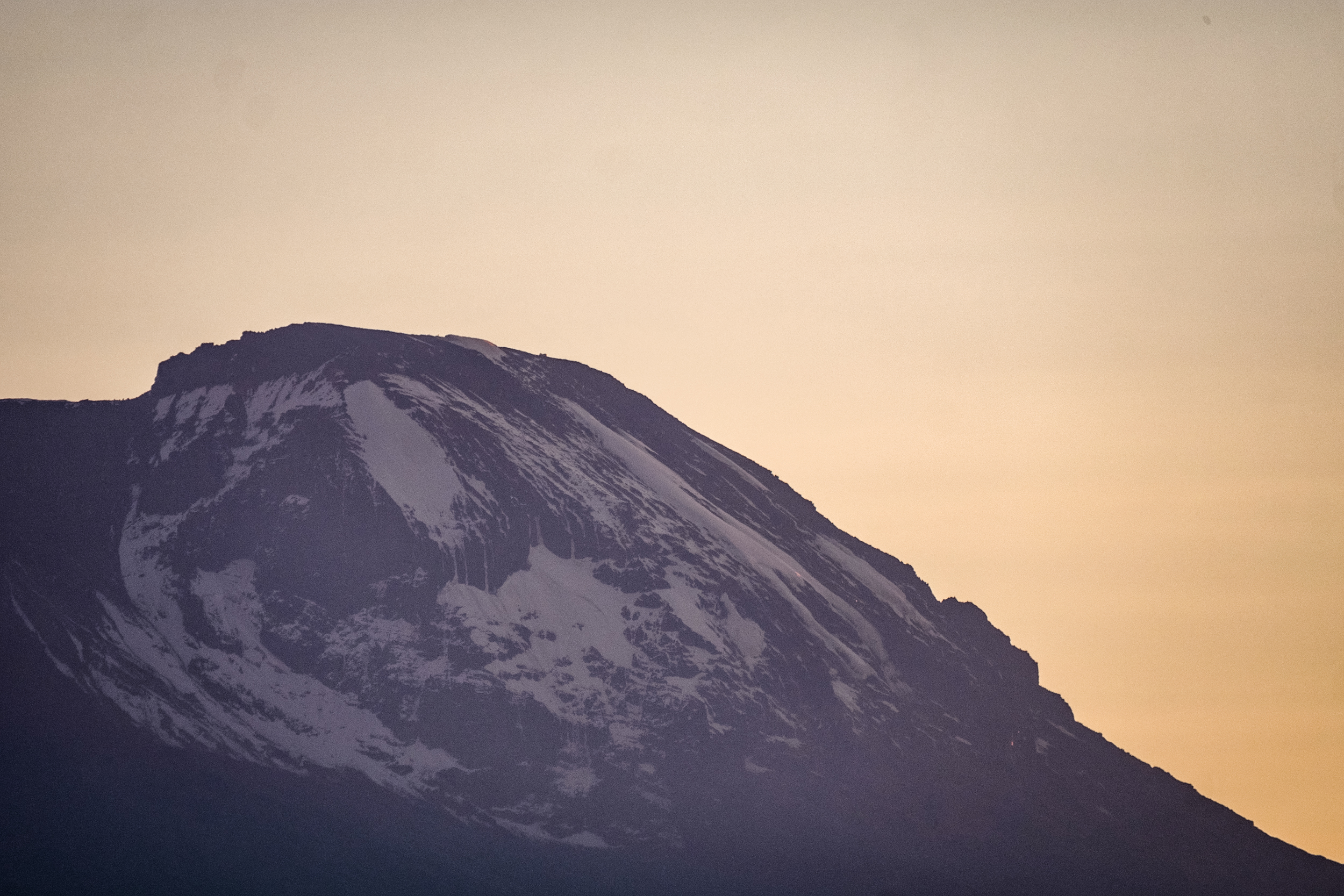
Why not to use this lens for landscape photography? Image of the ice on Kilimanjaro early in the morning. @400mm f/7.1 ; tripod used.
Versatility
Yet, the lens is huge for what I’m used to carry. I found myself often bumping it in different surroundings in the car, taking it out of backpack and changing it with the other lens. You can’t do it with one hand, which I often did with some other lenses. What I also found disturbing is, that the main zoom ring is not turning so smoothly and easily, especially when you have to zoom fast and focus on moving objects. I particularly had problems shooting birds such as cranes and others in flight. Almost impossible to track and zoom into it. But I like the OIS, it works fine and sometimes saves your image, and I loved the weather sealing on the lens as it survived some tropical rain in Ndutu region.
Conclusion
To wrap things up, I can say I’m extremely happy to use the lens and I’m sure I will use it in many opportunities and challenges in the future. Because of this lens, I consider to photograph nature and wildlife more often. I’m happy with almost every aspect of the lens except the size, weight and the zoom ring. I can use it with my filters, it can be used for various photography – sport, landscape, lifestyle, wildlife, bird spotting, spying on neighbours, etc… On safaris I was often using it instead of binoculars. So – in a nutshell – big, but useful and I would regret it, if I would not have gotten one. I would like to thank Fujifilm Slovenia for support with this beautiful piece of glass.

